- Evolve Bricklaying will take you from concept to completion
- 07824875394
- admin@evolvebricklaying.com
The History of Bricks Part One
23/01/20173 Big Benefits Of A Beautiful Outdoor Space
15/02/2017The joints in brickwork are said to have a great impact on the overall appearance of a wall or building. In fact, there are many different types of joint profiles to choose from and each will give a different feel and design to the brickwork. Different types include flush, bucket handle or raked designs and, in the world of bricklaying, you’re spoilt for choice with the range of bricklaying profiles. In this blog, we’re going to go over the struck and cut pointing profile…
- Struck and cut joints are formed as part of the overall pointing process during bricklaying. Pointing takes place when the wall has been built and ensures that it remains water tight and protected from the exterior elements, such as the weather.
- During struck and cut pointing, the inset edge of the brick is produced similarly to the weather struck profile, however, the forward edge will be projected around 2mm beyond the surface of the brick.
- When dealing with the cross joints, the projections are cut vertically and straight by using the edge of a pointing trowel.
- For the bed joints which are the long joints which run across the length of the wall, the projection is usually cut with a ‘Frenchman’, which is a sharp bladed knife. Despite this, the technique along the bed joints can also be carried out with a pointing trowel.
- This profile of joint brickwork will make the bed joints standout and also fits well with regular bricks. It can also look good with irregular brick shapes, however, because there may be variations in the widths of these joints, it may look odd to an untrained eye.
Here at Evolve Bricklaying, we are the experts when it comes to all things bricks, especially the different types of brickwork joints. As part of our services, we also provide excellent struck and cut pointing. Get in contact with the best bricklayer in Bristol today to find out more information!
